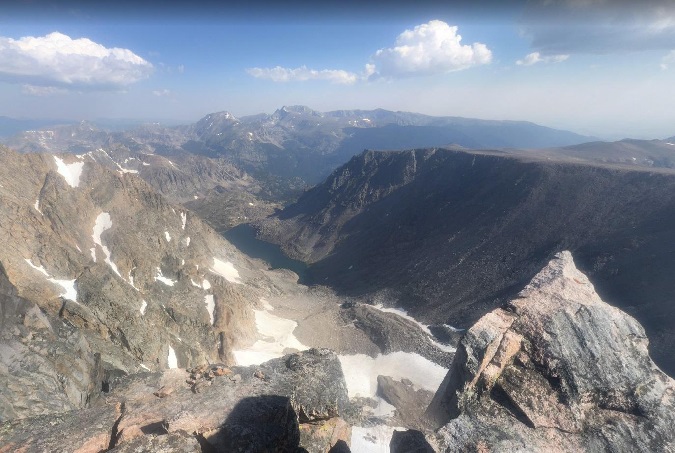
The Rocky Mountain Elk Foundation strongly supports congressional action resulting in the passage of the Natural Resources Management Act (S. 47) which includes permanent reauthorization of the Land and Water Conservation Fund (LWCF).
The House voted in favor of the proposal 363-62 just two weeks after the Senate approved the measure 92-8.
“We wish to thank Congress for acting in a positive and timely manner in getting this done,” said Kyle Weaver, RMEF president and CEO. “This important legislation permanently reauthorizes LWCF—the nation’s most important land conservation tool that expired in 2015. We now call on President Trump to sign it into law. Once that happens, LWCF will become a regular part of the appropriations process and will be available to help RMEF and other organizations continue to conserve wildlife habitat and secure access to public lands.”
Established in 1964, LWCF directs lawmakers to appropriate up to $900 million annually from federal offshore drilling fees for the protection of important land, water and recreational areas for Americans to enjoy.
“This program is absolutely vital for elk, other wildlife and hunting access,” said Blake Henning, RMEF chief conservation officer. “The bill further improves public access to public lands by directing federal agencies to open lands for hunting, fishing and recreational shooting unless specifically closed. It also contains a number of other vital conservation measures.”
RMEF consistently advocated in favor of LWCF permanent reauthorization for years.
As of early September 2018, LWCF provided more than $108 million in funding that assisted 80 different RMEF land projects that permanently protected more than 152,000 acres of wildlife habitat.
Key facets of the Natural Resources Management Act include:
- Permanent reauthorization of LWCF with 3 percent or $15 million of annual appropriations made available for the purpose of securing additional access for hunting, fishing, recreational shooting and other outdoor-related activities.
- Authorizing the transportation of archery equipment through National Park Service (NPS) units.
- Directing Bureau of Land Management (BLM) and U.S. Forest Service (USFS) lands to be open for hunting, fishing and recreational shooting unless specifically closed.
- Directing the NPS, BLM, USFS and the U.S. Fish and Wildlife Service to annually identify lands where sporting-related activities are permitted, but where access is currently unavailable or restricted.
- A number of measures to conserve national parks, monuments, wilderness areas, wild and scenic rivers, and conservation/recreation areas around the country.
Related articles
